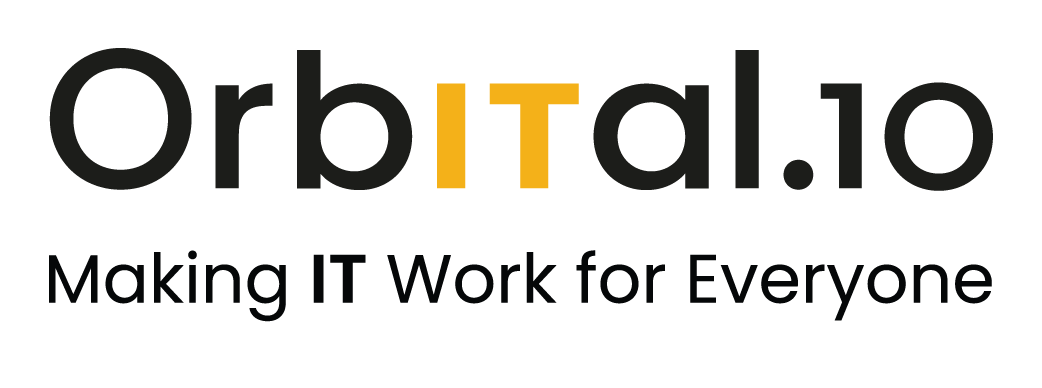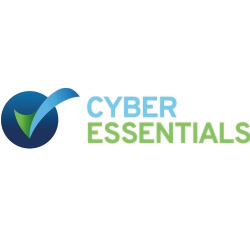IT Security and Cybersecurity: What's the Difference?
You might hear the terms IT Security and Cybersecurity used interchangeably — but they aren’t exactly the same. Understanding the differences can help you build stronger defences and focus on the right strategies to keep your business safe.
What is IT Security?
IT Security is a broad term encompassing all measures taken to protect your entire IT environment. This includes your hardware (computers, servers, mobile devices), software, networks, and data. IT Security covers physical security controls (like secure server rooms and device management), user access permissions, system updates, and policies designed to reduce risk and maintain business continuity.
What is Cybersecurity?
Cybersecurity is a specialised subset of IT Security focused specifically on protecting digital systems and data from cyber threats originating in the online world. These threats include hacking, malware, ransomware, phishing attacks, and other attempts to breach your digital defences. Cybersecurity strategies involve firewalls, antivirus software, intrusion detection, encryption, and continuous monitoring.
Why Does the Difference Matter?
Understanding the difference helps you create a layered defence approach — because protecting your business isn’t just about stopping hackers online. It’s about securing your physical devices, managing user access properly, keeping systems up to date, training your staff, and planning for incidents.
What Should All Businesses Do — Regardless of Size?
No matter your industry or business size, there are essential steps every organisation should take to secure IT systems and defend against cyber threats:
1. Establish Strong Access Controls
Ensure employees only have access to the systems and data necessary for their roles. Use strong passwords and enable multi-factor authentication wherever possible.
2. Keep Software and Systems Updated
Regularly apply patches and updates to your operating systems, software, and network devices. Many attacks exploit known vulnerabilities that have already been fixed.
3. Implement Firewalls and Endpoint Protection
Use firewalls to control incoming and outgoing network traffic and install reputable antivirus and anti-malware tools on all devices.
4. Regularly Backup Data
Maintain secure, frequent backups of critical data — ideally with copies stored offsite or in the cloud — so you can quickly recover after an incident.
5. Provide Cybersecurity Training
Employees are often the weakest link in security. Educate your team on recognising phishing scams, safe internet habits, and how to respond to suspicious activity.
6. Develop an Incident Response Plan
Prepare for the unexpected by having a clear plan outlining how your business will respond to different security incidents, including who to contact and how to contain damage.
7. Monitor Systems Continuously
Use monitoring tools and services to detect unusual activity early, allowing you to respond before small issues escalate.
8. Secure Physical Devices
Protect laptops, mobile devices, and servers physically — use locked storage, device encryption, and policies for remote work security.
In Summary...
While IT Security covers all aspects of protecting your technology environment, Cybersecurity zeroes in on defending against digital threats. Together, they form a critical, comprehensive security strategy that every business must prioritise.
By adopting these core practices, businesses can reduce risk, protect valuable data, and build resilience against today’s evolving threats — no matter their size or sector.
Really strengthen your IT security and cybersecurity:
We provide tailored solutions to protect your business from all angles. Whether you need expert advice, hands-on support, or a full security strategy, we’re here to help.
Let's talk security (from all angles!) >



























